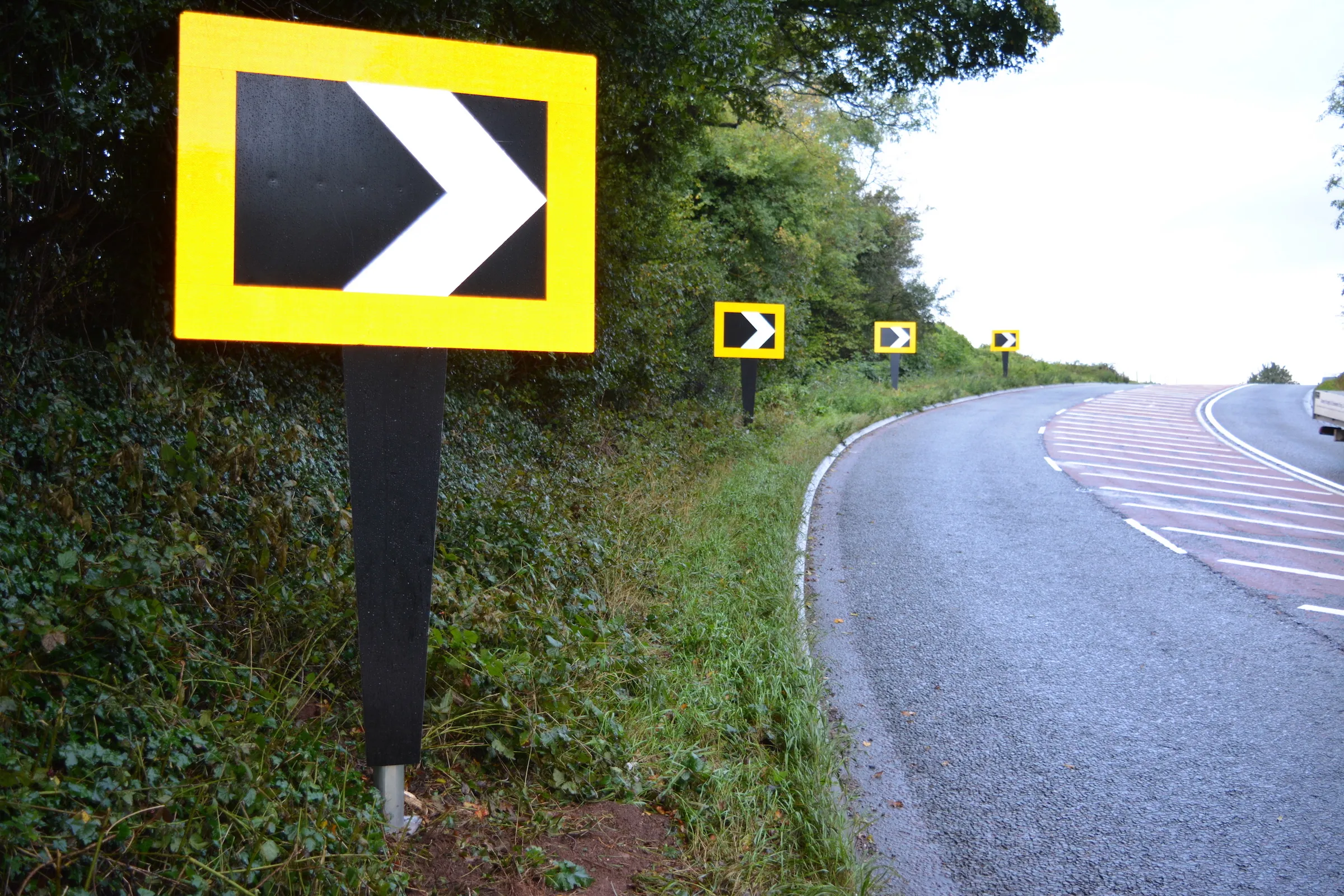
The SPS 468 Chevron is designed to warn drivers of sharp bends and roundabouts.
The post is manufactured from aluminium, making it lighter than steel and safer if hit by a vehicle, according to SignPost Solutions, part of Swarco Group.
The aluminium post, part of the signStr8 range, also has a specially-designed flat edge to prevent the signs from rotating, which in turn reduces the need for costly and potentially dangerous maintenance.
The posts are installed into a socket system. If they are hit they can be replaced quickly without having to dig out and replace concrete foundations, said Tim Daly, sales manager at SignPost Solutions. Safety for both the road user as well as contractors is paramount.
“Our engineers have once again designed a product that meets its key objective of warning drivers of an ongoing hazard, but does not in itself put them or the installer in unnecessary danger,” he said.









